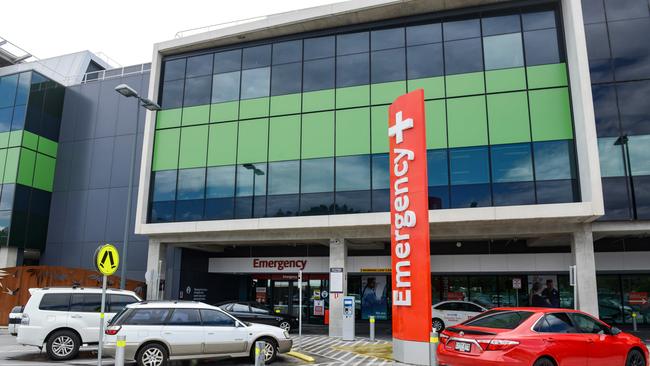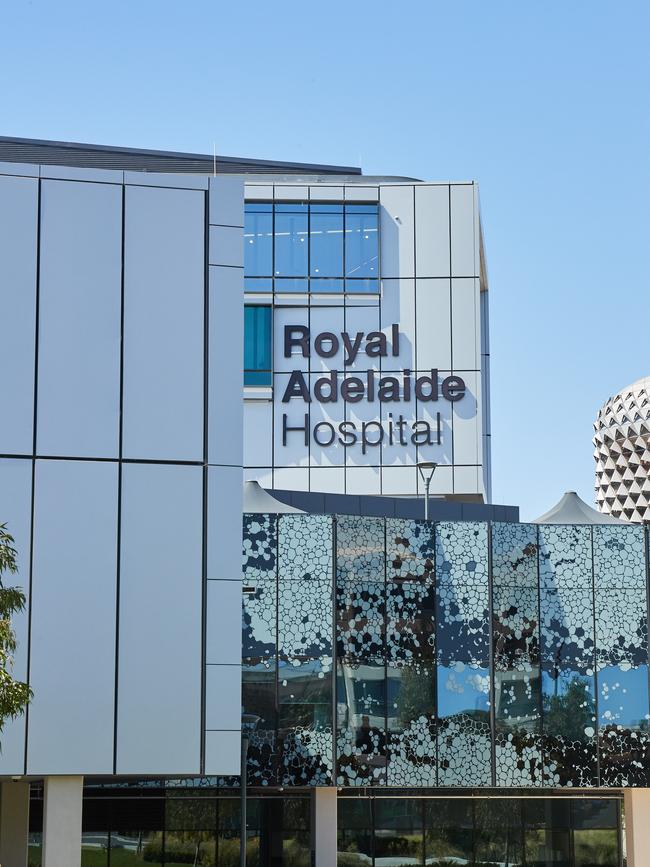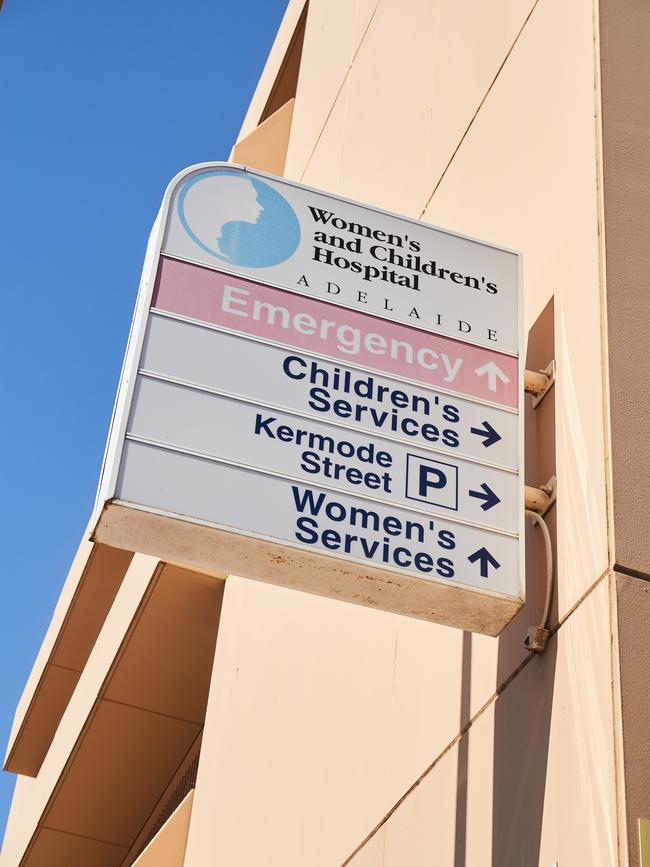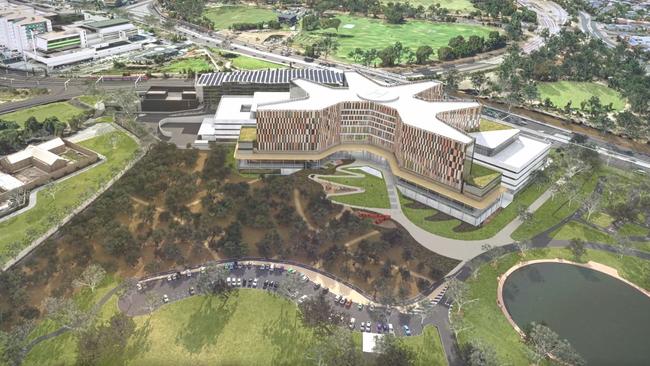$2.3bn extra Health spending but overall budget falls due to Covid
$2.3bn extra will go into health spending over five years but the 2023-24 health budget has actually fallen. We explain why.
SA News
Don't miss out on the headlines from SA News. Followed categories will be added to My News.
The state government will plough an extra $2.3bn into health spending over five years — but spending in the coming financial year will actually fall compared with 2022-23.
The drop from $8.469bn to $8.279bn in the Department of Health and Wellbeing operating budget is blamed on the pandemic.
Funding for the transition to “living with Covid” cost $289m this financial year but falls to $159m in the coming financial year, then to $106m, then $13m, then to zero by 2026-27 — a total of $567m.
The extra $2.3bn from 2022-23 to 2026-27 includes $1.3bn to deal with increased hospital activity which Treasurer Stephen Mullighan blamed squarely on “difficulty getting to see your local GP.”
Problems getting in to see a GP or wanting to avoid gap fees means people are resorting to EDs, or not getting care for a relatively minor issue that then deteriorates until it needs hospital care.

Key spending in health had already been revealed in a series of “good news” announcements in the past week including $200m to ease pressure on hospitals such as:
-$27.6m over four years for additional doctors, physios, pharmacists and other staff to work on weekends at major metropolitan hospitals to streamline discharges and free up ward beds, easing strain on emergency departments and ambulance ramping;
– $67.8m over five years to expand the adult SA Virtual Care Service, allowing access to clinicians via technology rather than turning up at EDs;
– $30.8m over four years to permanently extend the Child and Adolescent Virtual Urgent Care Service run by the Women’s and Children’s Health Network, so clinicians can provide assessment and medical advice for children aged 6 months to 18 years via technology;
– $17.6m over five years to help long-stay patients who no longer require acute hospital care into appropriate accommodation;
– $22.3m over five years for transitional accommodation for NDIS patients who no longer need acute hospital care;
– $31.5m over five years to “upscale” operations of the new State Health Control Centre.


There is also $20m to upgrade the WCH paediatric ICU, $20m over three years for four new ambulance stations and completion of four other stations, $15m for a Cancer Genomics Laboratory, $100m over two years for the new Mount Barker Hospital and $2.1m for “avoidance hubs” in the northern and western suburbs as an alternative care path rather than going to an ED.
Mr Mullighan said the extra funding for virtual care services — one for adults, a separate one for children — is a “tremendous opportunity” to ease pressure on hospitals, in particular emergency departments.

The infrastructure budget includes $1.2bn over four years for the new Women’s and Children’s Hospital.
Health Minister Chris Picton said the government has already hired “hundreds more doctors and nurses to staff our hospitals.”





